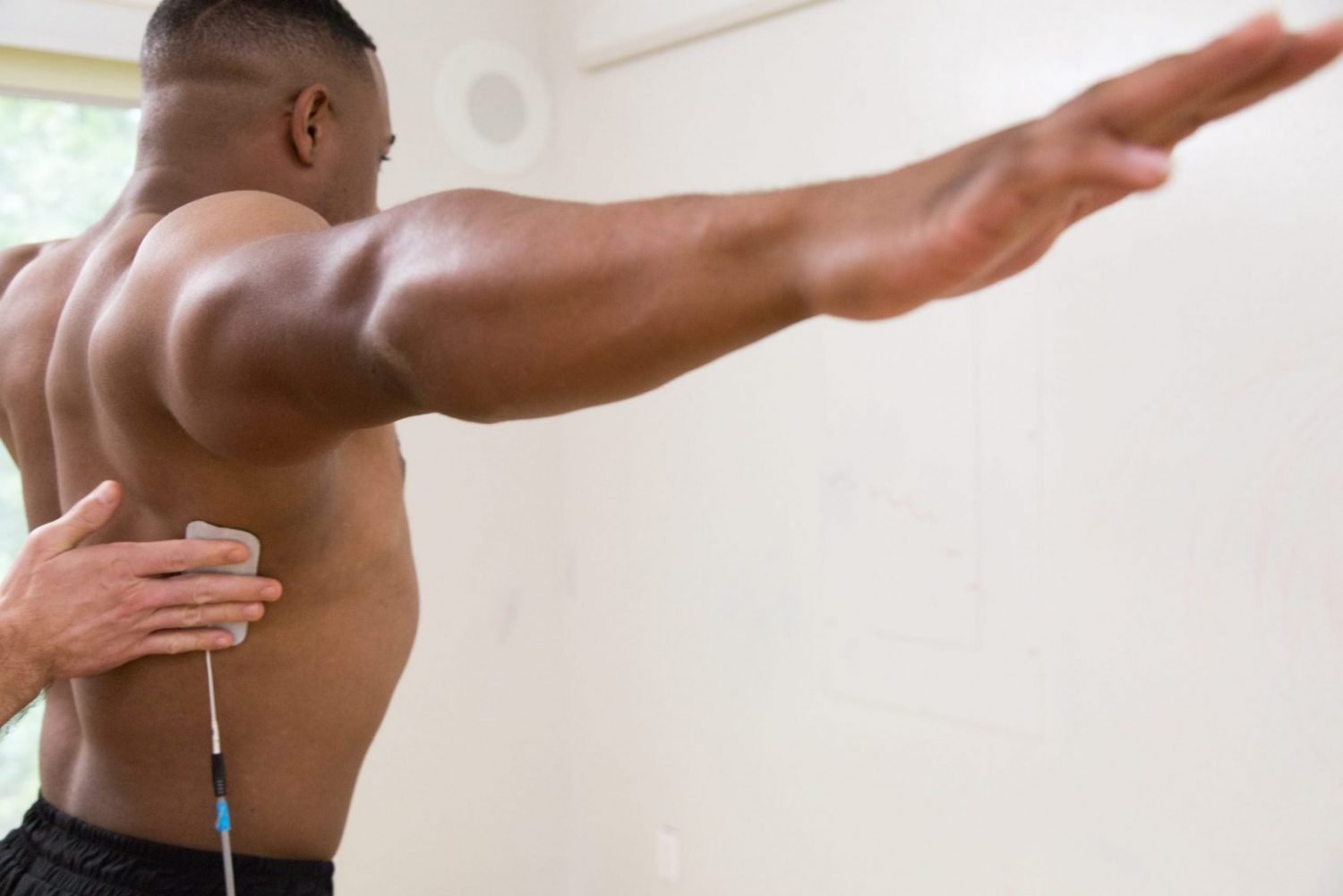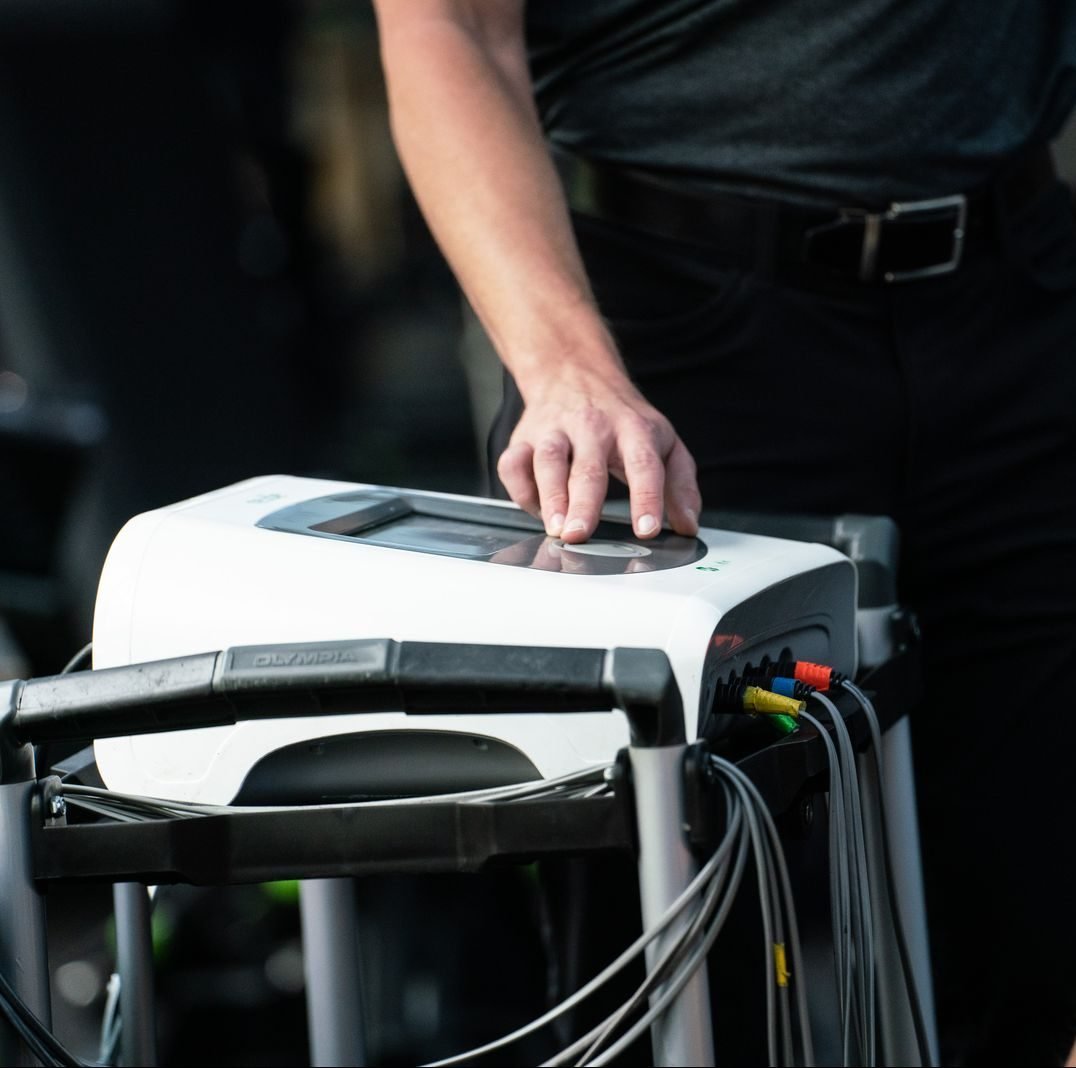In last week’s blog, we discussed how our survival instincts actually inhibit healing and performance because of how our brain is hardwired for survival. This week, we’d like to share how we can change the brain’s software to reprogram signals that limit the body. It’s called neuroplasticity.
Neuroplasticity is a concept that describes the ability of the brain and the nervous system to change and adapt over time. Depending on the nature of the neurological inputs, these changes and adaptations can go in either a positive or negative direction.
Contrary to formerly held opinions that there was little room for neurological improvement or development after childhood, we do have the potential to affect the brain and nervous system over the entire course of a person’s life. For people recovering from injury or surgery, the potential for neuroplastic change presents an opportunity for faster healing.
When it comes to creating positive neuroplastic changes, there are two major prerequisites: physiological support and neurological stimulation.
Physiologically, nutrition and reducing or controlling inflammation are necessary ingredients in healthy neuroplastic adaptations. Sleep is also a significant factor since building and upgrading neural pathways happens as we sleep.
But let’s take a closer look at the other crucial requirement for productive neuroplastic change: neuromuscular stimulation. Just as consistent training at the gym helps strengthen the muscles, consistent neurological stimulation can strengthen the nervous system by supporting the development of new neurological pathways, improving the function of existing pathways, and even repairing damaged ones.
If neuromuscular stimulation is one of the keys to positive neuroplastic changes, there are three important criteria in how we approach it.
- It needs to be consistent.
- It needs to have a sufficient level of intensity.
- It needs to be strategic and specifically targeted to nerve pathways that show deficits and have the potential for repair and growth.
Neurological stimulation that combines all three of these criteria can generate lasting positive neuroplastic changes in the brain and nervous system.
At the same time, it’s important to keep in mind that it can take an enormous amount of time and effort to create positive neuroplastic changes. Several recent studies of people recovering from a stroke, for example, suggest that the amount of work patients perform in a standard therapy session is far too little to generate meaningful neuroplastic changes.
According to the latest research, creating significant neuroplastic change and restoring function requires hundreds of thousands of repetitions of various movements and tasks. This translates into hundreds or thousands of repetitions in each therapy session, which can end up feeling more like a training session for a professional athlete than a typical physical therapy treatment. This is where neuromuscular electrical stimulation can help greatly increase the number of functional repetitions per treatment session.
Whether someone is recovering from injury or surgery, suffering from chronic pain, or training for long-term health and elite performance, there’s still significant work involved in driving neuroplasticity—and ensuring that neuroplastic changes head in a positive direction.
In next week’s blog, we will introduce you to Neubie®, which stands for Neuro-Bio-Electric Stimulator, a patented device that uses direct electrical current to stimulate the brain and nervous system and re-educate the muscles for recovery and growth.
And it just so happens that we have a Neubie® birthday this month to celebrate too!
Let’s charge forward to better outcomes together!

